Edith’s mouthbrooder - Betta edithae
Scientific name: Betta edithae
Common name: Edith’s mouthbrooder
Family: Osphronemidae
Usual size in fish tanks: 8 - 9 cm (3.15 - 3.54 inch)
014
Recommended pH range: 5.5 - 7.5
Recommended water hardness: 4 - 18°N (71.43 - 321.43ppm)
0°C 32°F30°C 86°F
Recommended temperature range: 24 - 28 °C (75.2 - 82.4°F)
The way how these fish reproduce: Spawning
Where the species comes from: Oceania
Temperament to its own species: peaceful
Temperament toward other fish species: peaceful
Usual place in the tank: Middle levels
Short Description
Betta edithae, commonly known as Edith's Mouthbrooder, is a peaceful freshwater fish native to Southeast Asia, including Borneo, Sumatra, and Malaysia. This species is admired for its unique mouthbrooding behavior, where males care for the eggs. Betta edithae thrives in planted aquariums with subdued lighting and ample hiding spots. Their calm nature and compatibility with other peaceful species make them a great choice for community tanks.
Origin
Betta edithae is native to Southeast Asia, specifically found in Borneo, Sumatra, and Malaysia. They inhabit slow-moving or still waters, often shaded and rich in vegetation, which provides them with shelter and breeding sites.
Tank Requirements
Edith's Mouthbrooders require a tank of at least 75 liters (20 gallons) to ensure ample swimming space. Maintain water temperatures between 24-28°C (75.2-82.4°F), a pH range of 5.5-7.5, and water hardness of 4-18°N (71.43-321.43 ppm). Include dense planting with species such as Java moss and floating plants to create shaded areas and mimic their natural habitat. Caves and driftwood can provide additional hiding spots. Ensure low water flow to prevent stress and encourage natural behavior.
Food and Feeding
Betta edithae is omnivorous and readily accepts a variety of foods. Use high-quality flakes or pellets as their staple diet, supplemented with live or frozen treats like bloodworms, brine shrimp, daphnia, and tubifex. Feeding them small portions twice daily helps maintain their health and vibrancy. A varied diet will enhance their coloration and support their overall well-being.
Compatibility
Betta edithae is a peaceful species that thrives in community tanks with other calm fish. Ideal tankmates include tetras, rasboras, and Corydoras catfish. Avoid housing them with aggressive or overly active species to prevent stress. Providing plenty of plants and hiding spots helps maintain harmony in the tank.
Sexing
Males are slightly larger and more colorful than females. Male fins are often more extended and show hints of coloration, whereas female fins tend to be clear and less prominent.
Breeding
Breeding Betta edithae is a fascinating process. The female initiates spawning by chasing away other females from her chosen male. The pair then retreats to a secluded area to spawn. After the eggs are laid, the male collects them in his anal fins to create a secure pocket. The female then retrieves and spits the eggs into the male's mouth for brooding. The male incubates the eggs for about two weeks, after which the fry are released. Feed the fry newly hatched brine shrimp or finely powdered fry food to support their growth.
Lifespan
With proper care, Betta edithae can live for 3-5 years. Maintaining a clean and stable environment, along with a nutritious diet, is crucial for their longevity.
Pictures
Bought by aqua-fish.net from jjphoto.dk.
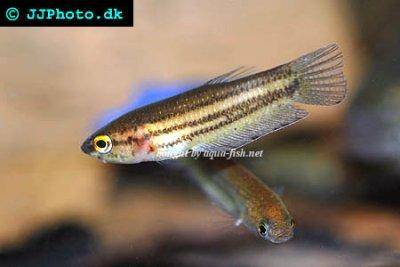



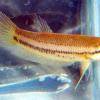 Akar
Akar 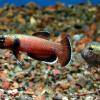 Whiteseam
Whiteseam 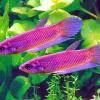 Giant
Giant 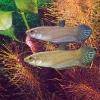 Betta
Betta 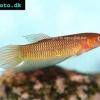 Slender
Slender 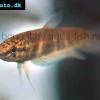 Betta
Betta 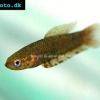 Brown’s
Brown’s 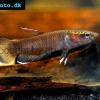 Snakehead
Snakehead 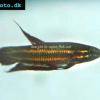 Wine
Wine 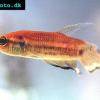 Blue
Blue 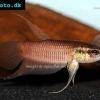 Betta
Betta 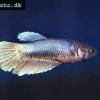 Peaceful
Peaceful 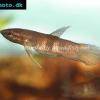 Kapaus
Kapaus 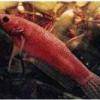 Eyespot
Eyespot 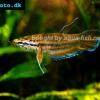 Spotted
Spotted 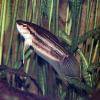 Forest
Forest 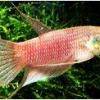 Schaller’s
Schaller’s 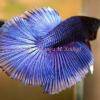 Siamese
Siamese  Chukai
Chukai 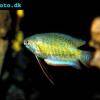 Banded
Banded 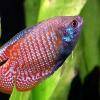 Dwarf
Dwarf 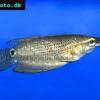 Frail
Frail 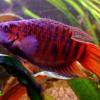 Paradise
Paradise 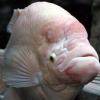 Giant
Giant 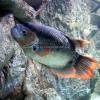 Giant
Giant 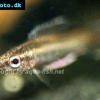 Licorice
Licorice 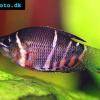 Chocolate
Chocolate 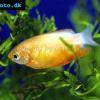 Honey
Honey 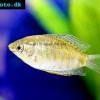 Thick
Thick 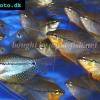 Pearl
Pearl 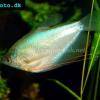 Moonlight
Moonlight 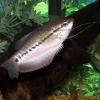 Snakeskin
Snakeskin 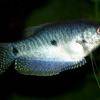 Blue
Blue